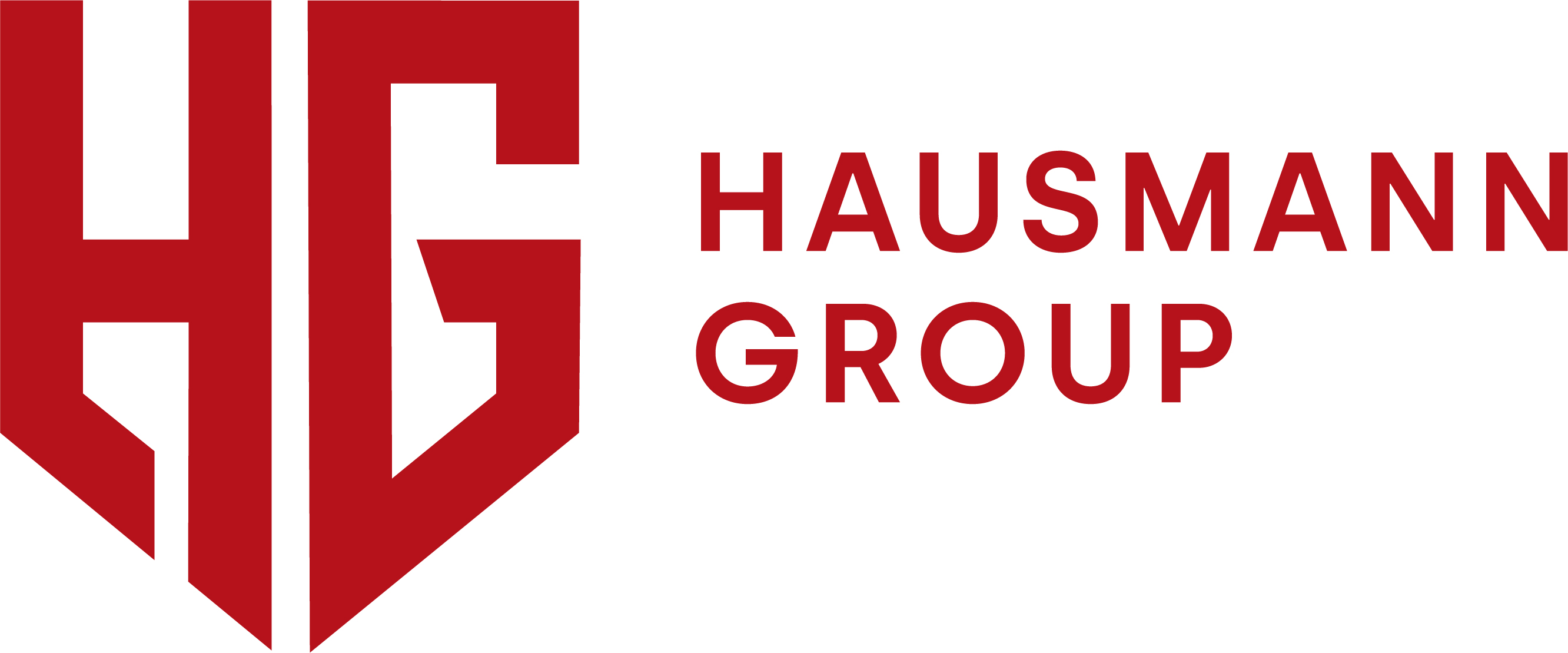Create a Culture of Organizational Agility
By Sam Tews, Director of Human Resources
 Preparing your workforce to be able to do their best work, in a quickly changing environment is not easy. Given today’s climate of labor shortages, blended generations, artificial intelligence, supply chain disruptions, and much more, organizations are constantly strained with having to adapt quickly and effectively to evolving conditions.
Preparing your workforce to be able to do their best work, in a quickly changing environment is not easy. Given today’s climate of labor shortages, blended generations, artificial intelligence, supply chain disruptions, and much more, organizations are constantly strained with having to adapt quickly and effectively to evolving conditions.
What does Organization Agility mean? Organizational agility is the ability of an organization to respond effectively and efficiently to changing market conditions, customer needs, and business opportunities. It involves being flexible, innovative, and resilient in the face of uncertainty. Organizations that are agile can:
- Identify and seize new opportunities faster than their competitors.
- Anticipate and overcome challenges more easily.
- Deliver value to their stakeholders more consistently.
How do I make my organization more agile? Organizational agility is not a one-time event or a check-the-box exercise. It is a cultural shift that requires ongoing commitment. Unsurprisingly, this behavior starts at the top. Leaders play a crucial role in shaping the culture and behavior of their organizations. They set the tone, direction, and expectations for how their teams work. To foster agility, leaders need to model and encourage the following:
- Empower employees. Empowerment means giving employees the authority, autonomy, and resources to make decisions and take actions that align with the organization's goals and values. Empowered employees are more engaged, motivated, and productive. They are also more agile, as they can respond faster and more effectively to changing situations.
- Break down silos and assemble teams creatively and curiously. Collaboration and communication are essential for organizational agility, as they enable information sharing, problem-solving, and innovation across teams and departments. Collaborative and communicative employees are more aware of the changing environment, more responsive to customer needs, and more creative and innovative.
- Invest in learning and development. Learning and development are the key drivers of organizational agility, as they help employees acquire new skills and knowledge, update existing ones, and prepare for future roles and challenges. Learning and development also support employee engagement, retention, and performance.
What are the benefits of high Organizational Agility? Organizational agility has many benefits for both the organization and its employees. Some of the measurable benefits include increased employee engagement, improved customer satisfaction, and greater profitability. However, the most lasting and rewarding benefit is the innovative and resilient culture that you create with your workforce. By developing organizational agility, you equip your employees with the mindset and skills to respond to, predict, and prepare for the future. As Simon Sinek would say, "You are playing the 'infinite game'."
How do I measure Organization Agility? There is no perfect approach to measuring organizational agility. Different organizations may have different goals and strategies that require different indicators and methods. However, some possible ways to measure how agile your organization is include:
- Surveying your stakeholders (board, employees, customers, etc.). You can ask them to rate your organization's speed, flexibility, and innovation on a scale, or to provide feedback on specific aspects of your performance.
- Establishing quantitative metrics, such as key performance indicators (KPIs), that track your velocity to change. For example, you can measure how long it takes to make an organizational decision, or how long it takes to go to market with a new product or service.
Whatever method you choose, make sure that you align your measurement with your vision and values, and that you communicate your results to your stakeholders.
As we began, preparing your workforce to be able to do their best work, in a quickly changing environment is not easy. But, by embracing a culture of organizational agility, you and your employees will be better equipped for the future world of work.
